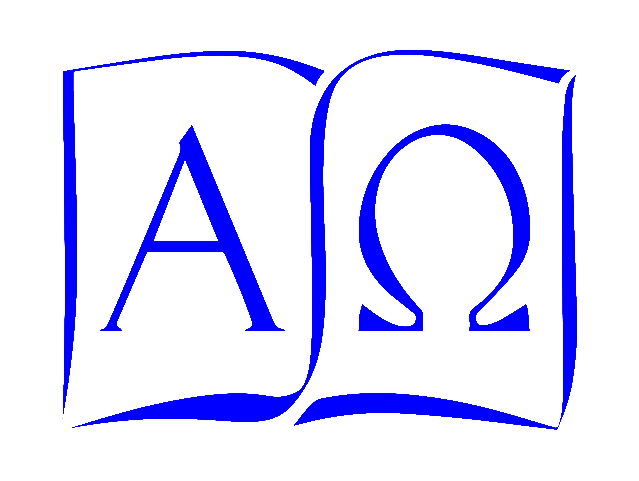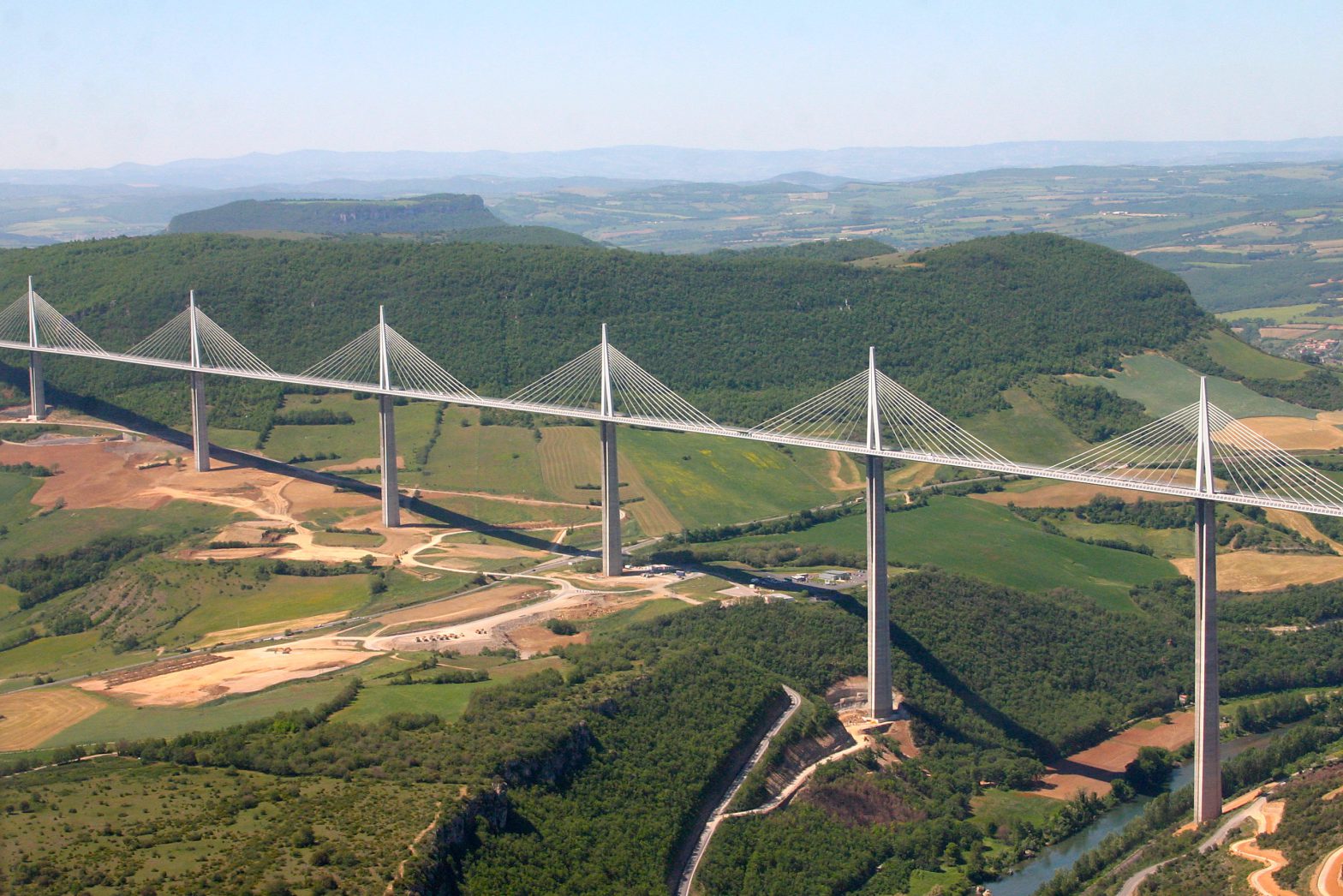I like bridges.
When I was in grammar school, there was a pedestrian footbridge over the flood control channel that ran along the playground boundary. There were students who lived “beyond the wash” and got to use the bridge every day to get to school. The bridge transcended the division that slashed the neighborhood in two, and made it possible for these students to get home quickly without having to go the long way around.
Bridges are a popular trope in literature. Livy describes Horatius’ heroic defense of the Sublician Bridge against the invading Etruscans in his History of Rome, Book II.10: the story is about a real bridge in a real place, and a legendary defense. The bridge in this case is not only a weak point of defense but essential to the city: enemies can get in, but it is also the only way food and people can get in. Defending the bridge is heroic: we cannot let the enemy pass.
Bridges show up repeatedly in medieval epics: the Black Knight holds the bridge, the only way across the river and into the Perilous Forest where our hero knight must go. The bridge here is the barrier that must be overcome: it is the way to the Land Beyond, and without conquering the Black Knight to cross the bridge, we can’t move forward and accomplish the quest we have been set.
And of course, bridges can be both the passage of escape and the way that must be barred, like the Bridge at Khazad-dûm in Tolkien’s The Fellowship of the Ring.
Physical bridges are a lot of fun to examine even without embellishing story: they are the embodiment of balanced opposing forces engaged to serve people. Perhaps the oldest bridge still in use is the Arkadiko (or Kazarma) Bridge on the route from Tiryns to Epidaurus. It dates back to the Mycenaean period around 1200 B. C., and it is still used today by pedestrians (and even by cars, although auto traffic is officially restricted). In Natural Science Year I, we spend a whole unit looking at Roman engineering and the bridges built over two millennia ago that are still in use.
So….why bridges for today’s reflection? Because in 2004, on December 14, the French Ministry of Public Works formally inaugurated the Millau Viaduct.
I remember reading about the proposal for the Viaduct when it was first announced, then watching reports on its construction from October 2001 until December 2004, when it was opened for traffic. The challenge for the engineers was to create a bridge that would cross the valley of the river Tarn at the village of Millau and carry traffic from central France to Spain. That can be a lot of traffic, and the people of the Tarn Valley did not want their village environment destroyed, so the engineers proposed putting their highway in the sky. The resulting bridge span is 8070 feet long, suspended 890 feet above the valley floor from pylons that reach 1100 feet in height. It is large enough that its shadow shows up in satellite pictures.
The Millau Viaduct is an impressive monument to modern engineering, and embodies both the barrier and passage imagery bridges awake in us: the villages on the valley floor are protected from unwanted invasion, the people who need to connect with those on the other side of the valley can reach them. It forces me, as bridges usually do, to reflect on the things that separate us and connect us, and on the possibilities of recognizing and using the bridges of ideas and story to create community.
By way of comparison:
Try taking a look at the diagram in its original location and click on the different bridges. This is one of my favorite data representation pictures.

